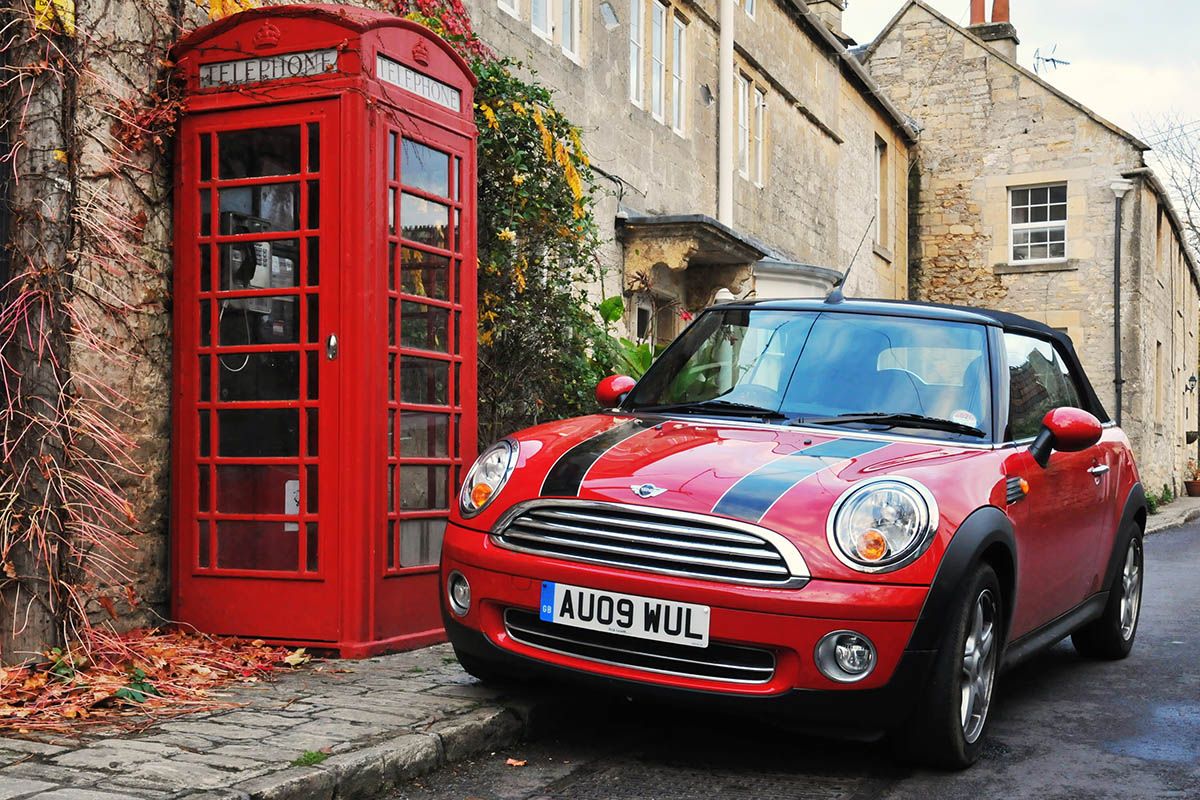However, a few easy changes can stretch out those miles per gallon. Each change might only save a little but combining them could add up to a significant difference.
And making changes to increase your fuel efficiency will not only save money but will also reduce emissions and reduce the wear and tear on your vehicle too. Here are our 10 top tips.
1. Smoothly does it
Accelerating is the most fuel-thirsty part of driving. The most efficient way is to keep your driving smooth, maintain a constant speed, and avoid braking and accelerating as much as possible.
Try to keep a decent gap between you and the car in front and read the road ahead. This will help you anticipate early when you’ll need to slow down. It’s more efficient to slow down gradually using the engine than to apply the brakes.
It should go without saying though that safety comes first, and you should drive according to what is happening around you on the road. And don’t speed - excessive speed is not only dangerous but also uses more fuel.
2. Shift up early
Higher gears are more efficient, so aim to move up a gear as early as possible.
In general, it’s best to shift up around 2000-2500 rpm. Many cars also now have an indicator to suggest the most efficient time to change gear. But you still need to consider the road conditions and gradient to decide when to change gear without the engine labouring too hard.
3. Keep the momentum going
If a vehicle is moving under its own momentum, it’s not using much fuel. So, as mentioned above, try to anticipate when you’re going to need to slow down. This means you can get your foot off the gas early and use the car’s momentum to reduce speed gradually.
And, if you see a hill coming, try to accelerate before getting to it. This way you can use as much of the car’s momentum as possible before you have to push harder on the accelerator to get up the hill.
But again, make sure you adhere to speed limits and consider other road users.
4. Reduce drag
Modern cars are designed to be aerodynamic so that air flows smoothly over the surface. Anything that disrupts the airflow will increase drag, meaning your engine must work harder to keep the car moving forward. The faster you’re going the bigger this effect is.
If you use roof bars or a roof box, remove them when you don’t need them. Having your windows open at high speed will also increase drag.
5. Declutter
The heavier the car, the more fuel it will use. So, it makes sense to remove any unnecessary heavy items from the vehicle.
A full tank of fuel also adds a lot of weight to your car. So, when you go to the petrol station, consider putting in half or three-quarters of a tank rather than brimming it.

6. Check your tyres regularly
If tyres are either under-inflated or over-inflated, fuel economy will be impacted. Therefore, you should regularly check that they are at the manufacturer’s recommended pressures. You’ll find these in the owner’s manual. And remember that you may need to adjust the pressure if your car is fully loaded.
7. Minimise short journeys
Warm engines are more efficient than cold ones, so it’s best to combine journeys if you can rather than taking lots of short ones. If you have several small errands to run, perhaps try to do them together rather than lots of separate trips with cold starts.
8. Use air conditioning sparingly
It’s important to keep your vehicle at a comfortable temperature but air conditioning does use a lot of energy. When possible, it’s best to open a window. But this is not always practical, especially at higher speeds or when the weather is especially hot.
9. Avoid unnecessary idling
Many newer cars will automatically switch the engine off when the car is stationary. If your car doesn’t do this, it’s best to turn off the engine if you’re going to be stationary for more than a minute.
10. Shop around for the best petrol prices (but don’t go too far)
Petrol station prices can vary considerably, even within a small area. Supermarkets are often to be found with the lowest prices, but this isn’t always the case.
There are now several websites (such as petrolprices.com) that enable you to enter your postcode to check the current prices for the garages in your area.
Bear in mind that, if it’s some distance to the cheapest petrol station, it may not be cost-effective to take a special trip over there just to save a penny or two per litre.
It’s also worth signing up to loyalty schemes to eke out a bit more value when you fill up. You may also be able to find supermarket promotions such as 5p per litre off when you spend a certain amount in store.

